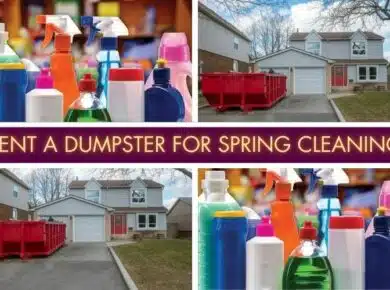While home furnaces are often a reliable source of warmth, they are not immune to furnace faults (mechanical malfunctions). If your furnace stops working, it can leave you feeling chilly and uncomfortable. To help you prepare for the unexpected, this article will explore five of the most common mechanical malfunctions that your home furnace might experience.
Dirty Air Filters

One of the simplest and most common reasons for this furnace fault is dirty air filters. These filters catch dust, dirt and debris from the air, but when they become clogged, they can restrict the flow of air, leading to reduced efficiency and increased energy costs.
Regularly checking and replacing your air filters can help prevent this issue. If your heater stops working or isn’t as warm as usual, check on your air filters before typing “heating repair near me” into your internet search browser.
Broken Thermostat

Another potential problem is a broken thermostat. If your thermostat is no longer working correctly, it can result in your furnace not turning on or off properly, or not heating your home to the desired temperature. Whether your thermostat is made of a bimetallic coil or a digital device, if you suspect that your thermostat is not functioning correctly, it is best to have it inspected and repaired by a professional.
Malfunctioning Ignitor
If your furnace uses a spark ignitor to ignite the burners, a malfunctioning ignitor can cause your furnace to stop working. A faulty ignitor can prevent the burners from lighting, leaving your home without heat. Igniters can be expensive depending on the manufacturer and age. If the furnace air filter is clean and the thermostat is functioning correctly, have the ignitor inspected and possibly replaced by a professional.
Broken Blower Motor

The blower motor is responsible for circulating air through your home. If the motor is broken, it can cause your furnace to stop blowing air or blow at a reduced volume. You may hear your furnace turn on and may feel heat in the room that the furnace is located in, but the rest of the house is cold. It may be possible to change this motor yourself without hiring a professional, although the part may be difficult to locate, depending on the manufacturer and age of your heating system.
Clogged Burner Orifices
Finally, clogged burner orifices can cause your furnace to stop working. Over time, dirt, dust and debris can build up in the orifices, blocking the flow of gas to the burners. If your furnace is not heating correctly, it is possible that the orifices are clogged and need to be cleaned or replaced. If you attempt to do this job yourself, be certain to wear personal protective equipment, especially goggles and a mask.
By being aware of these five common furnace faults, you can prepare for the unexpected and keep your furnace running smoothly. Regular maintenance and inspections can help prevent these issues from happening in the first place. If you do experience a malfunction, don’t hesitate to call in a professional. A little bit of preventative care can go a long way in ensuring that your home stays warm and cozy all year long.






